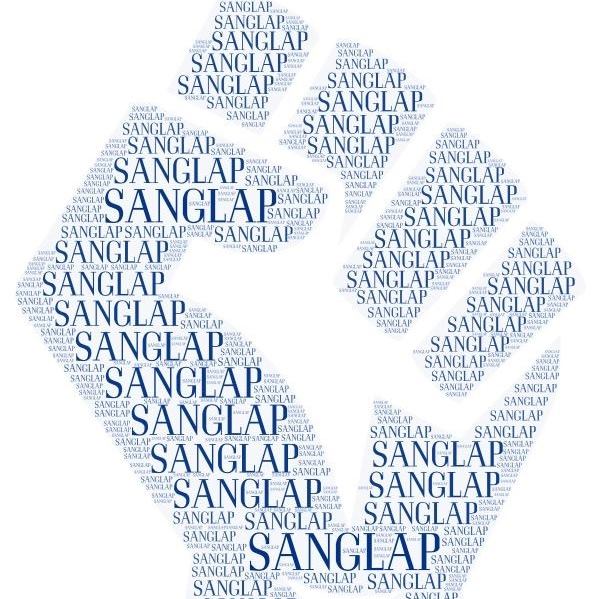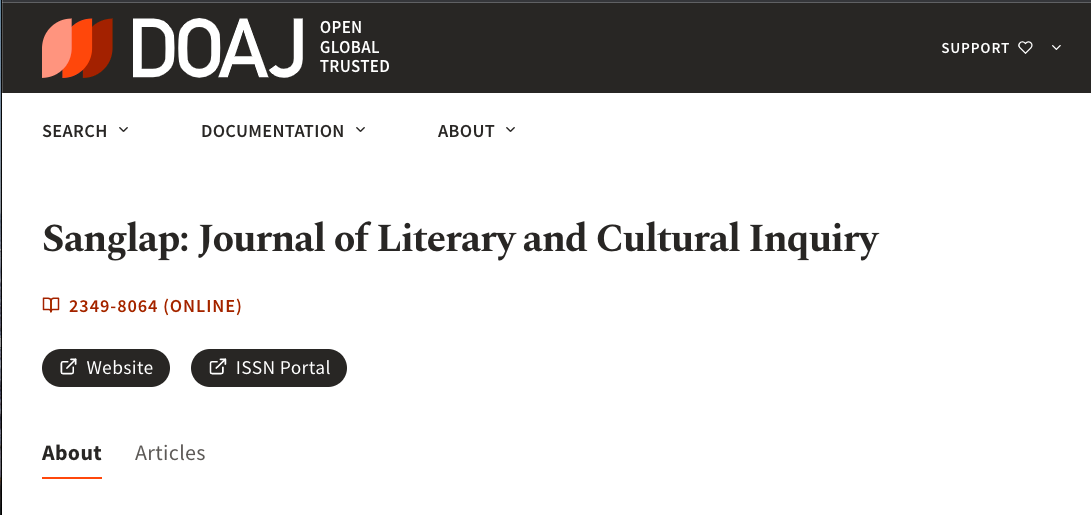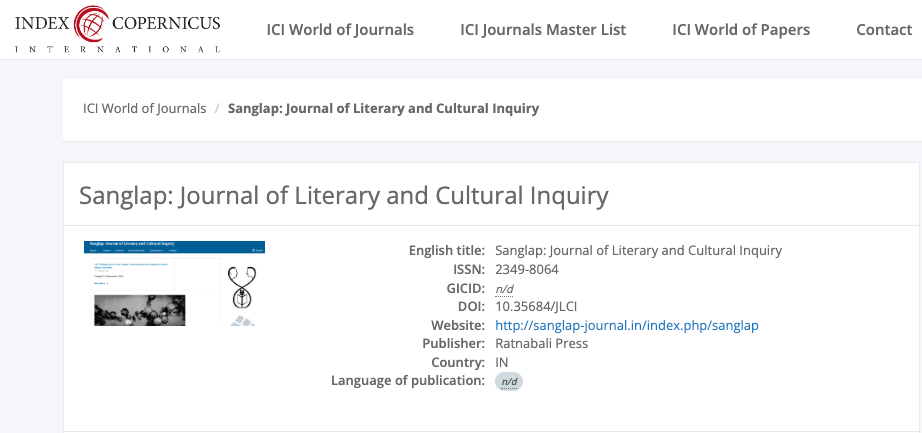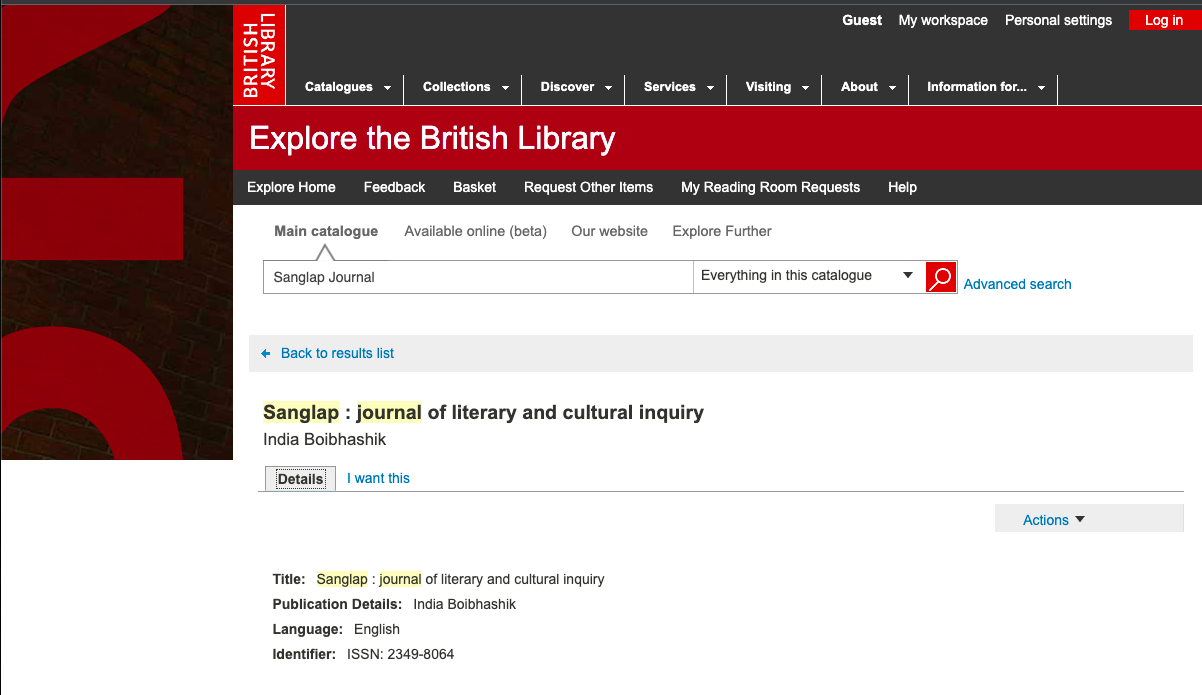Introduction
Keywords:
City, postcolonial, urban, space, urban space, literary spaceAbstract
The city as a mosaic of anarchic diversity and messy contradictions has always been a rich source of inspiration for practitioners of creative arts. Writers, painters, planners, photographers, performers have deemed the city as the loci of their desire, conflict, passion and memory to chart the minutes of quotidian life in various intricate forms and configurations. “The city came into being when a surplus of food allowed a diversity of tasks”, Lehan asserts in his introduction to The City in Literature. “Diversity is a key to urban beginnings and continuities, and diversity is also the snake in the urban garden, challenging systems of order and encouraging disorder and chaos” (8). As an eclectic site of cultural friction and contamination that simultaneously oscillates between polarities of belonging and non-belonging, order and chaos, the city unlocks myriad windows to the chroniclers of urban realities. The cities in their perpetual making and dismantling, bear an impression of what Amit Chaudhuri terms in a recent talk as the “unfinished-ness” in the context of modern cities1. The “unfinished” is a slippery term as Chaudhuri explains, while it may suggest the Modernist artists’ proclivity towards dereliction, ruin or fragmentation in metropolitan landscape, it also speaks of the “half-made”2, the backward, or the liminal spaces within an urban conurbation. However, this “unfinished-ness” or the fact that “cities are not finished products” as Chaudhuri posits, is also indicative of their “radical openness” and their inexhaustible potentials for reinventing themselves.











